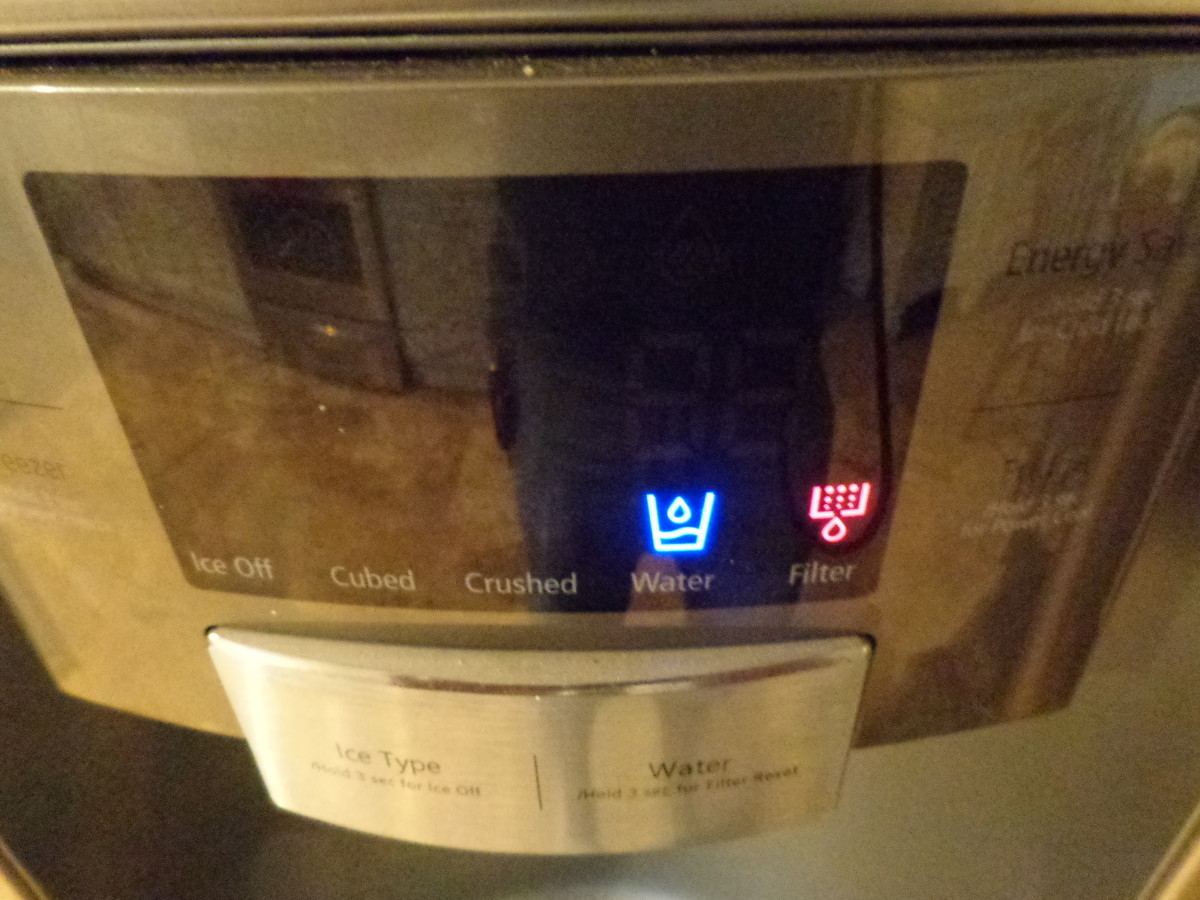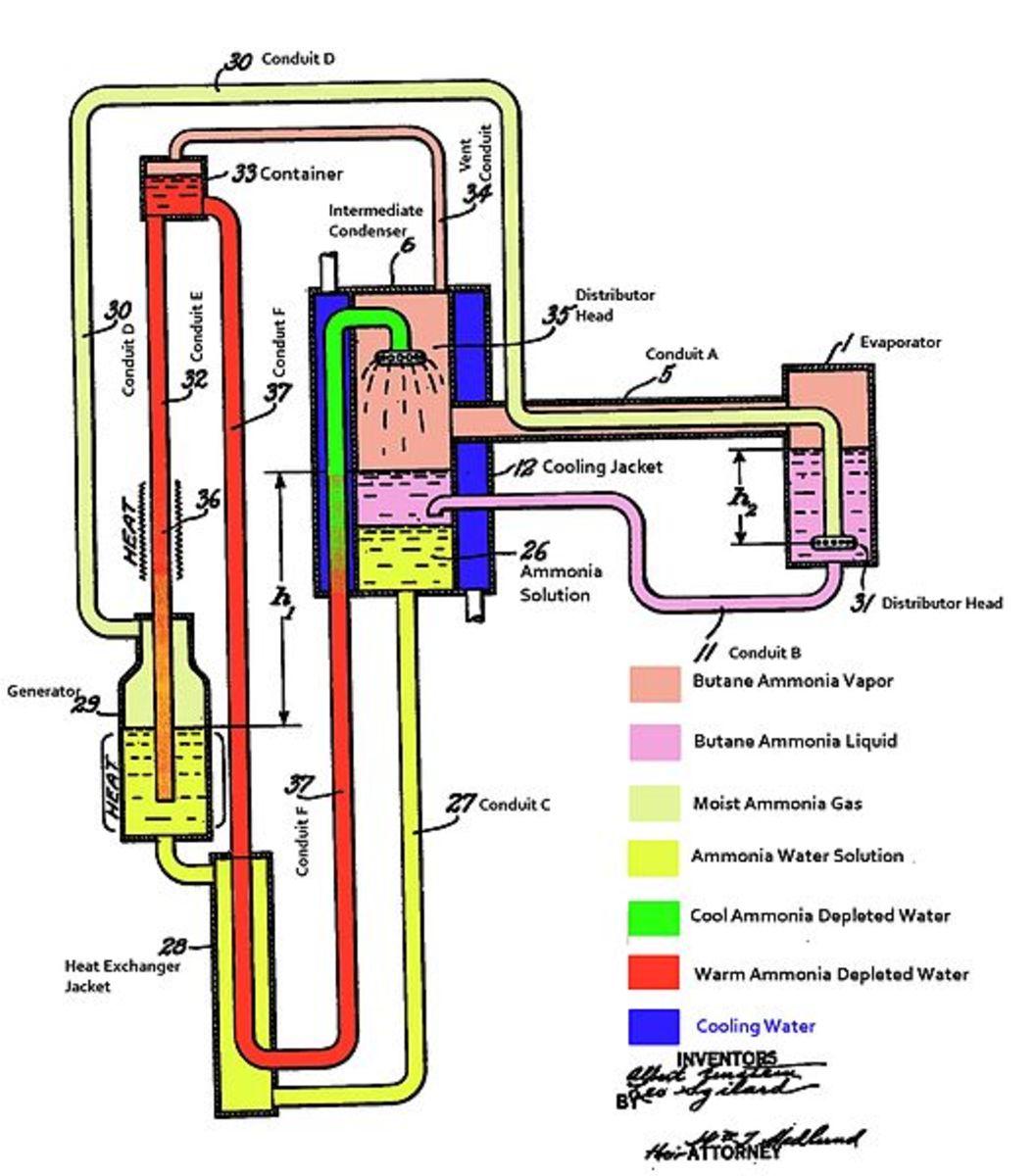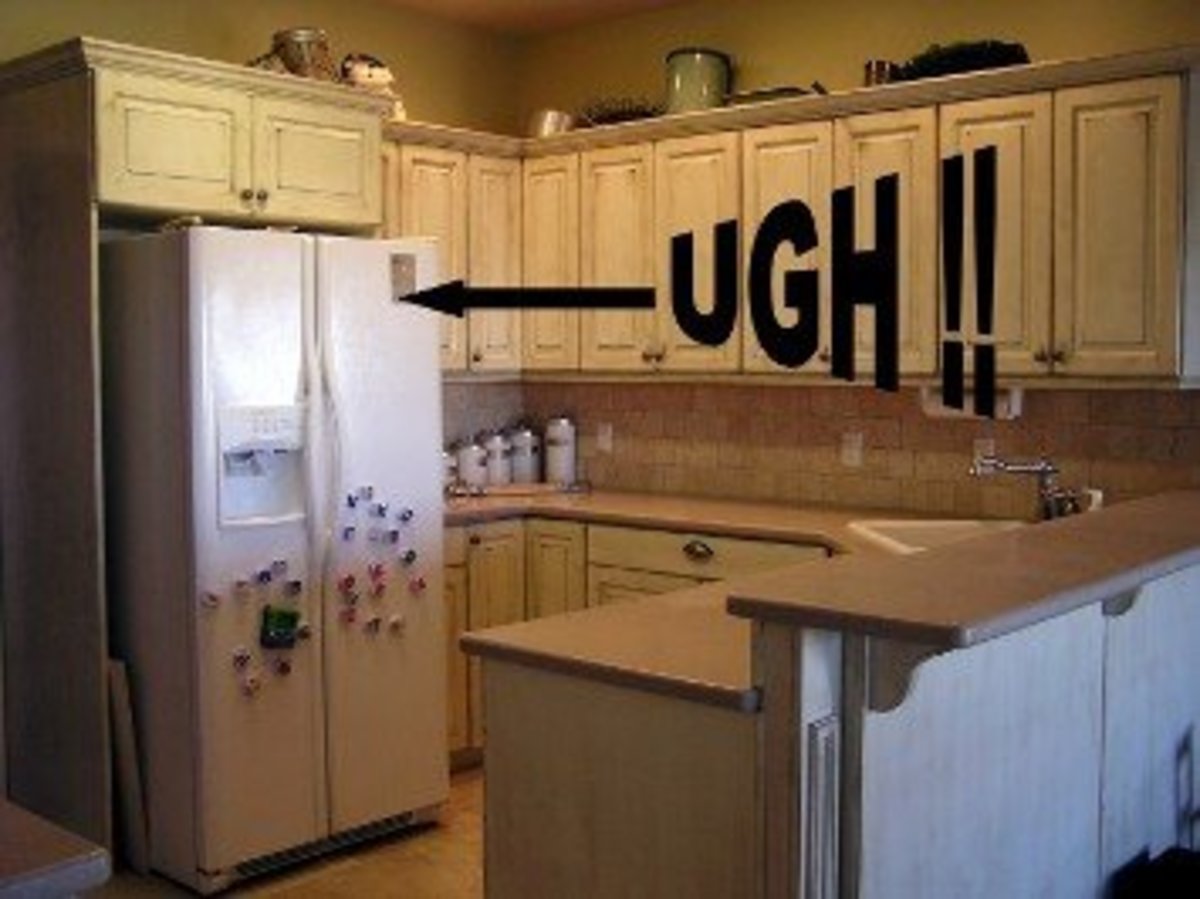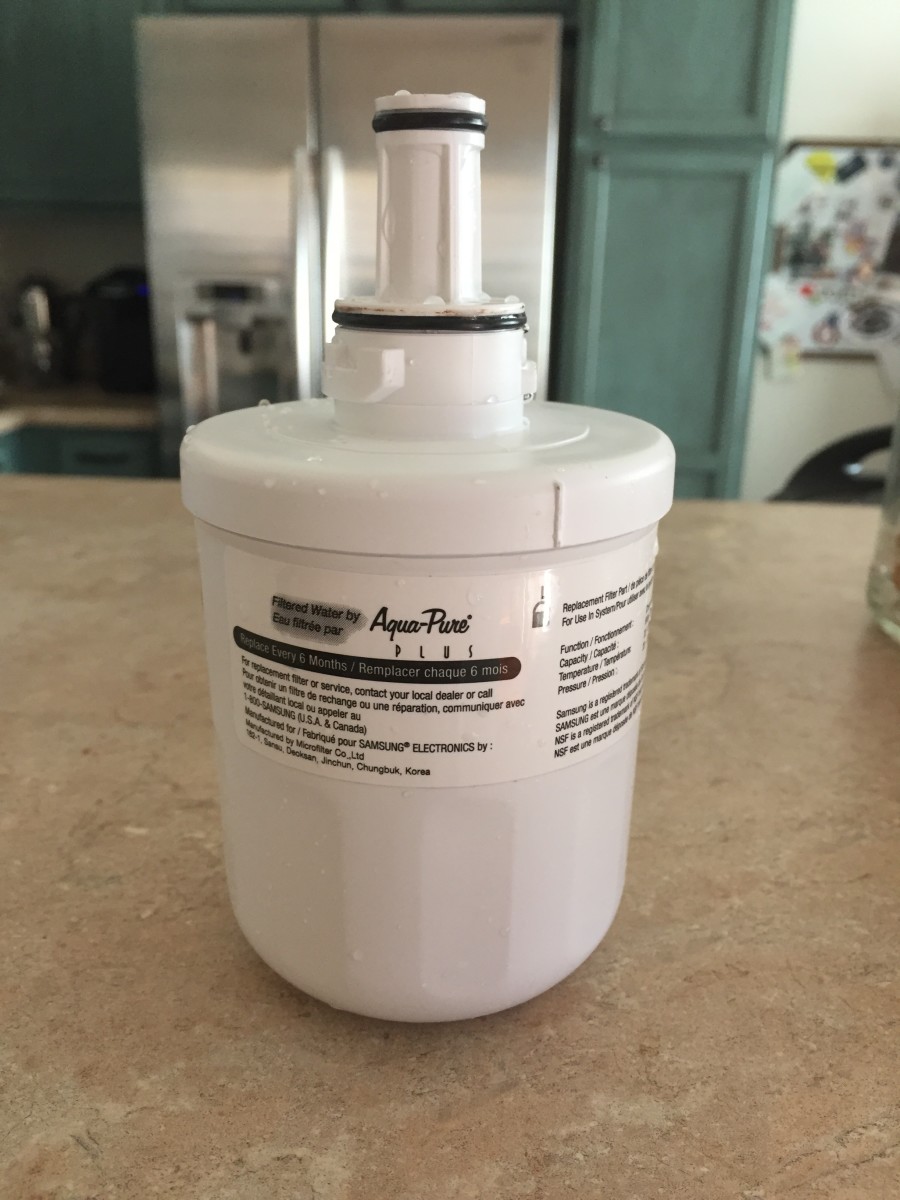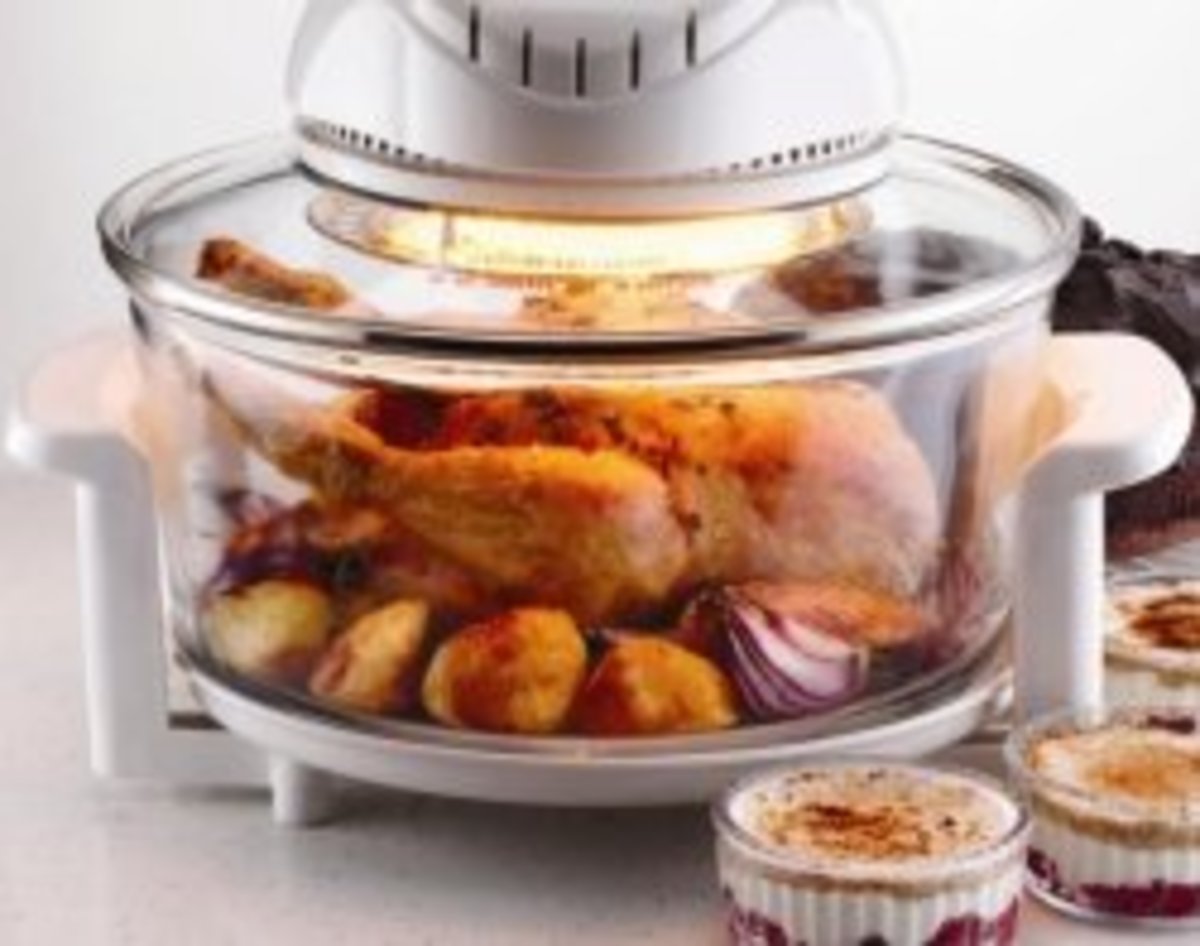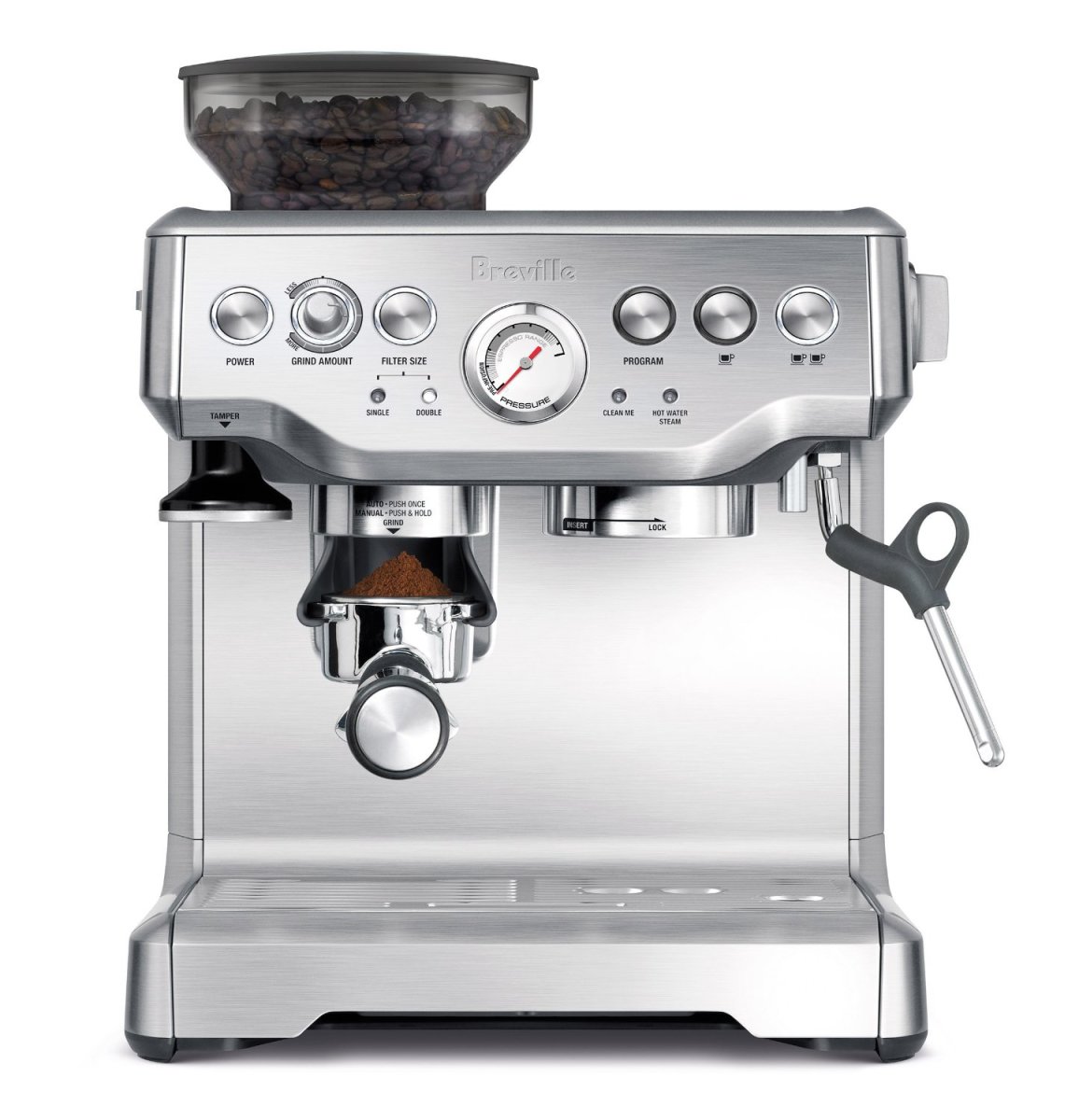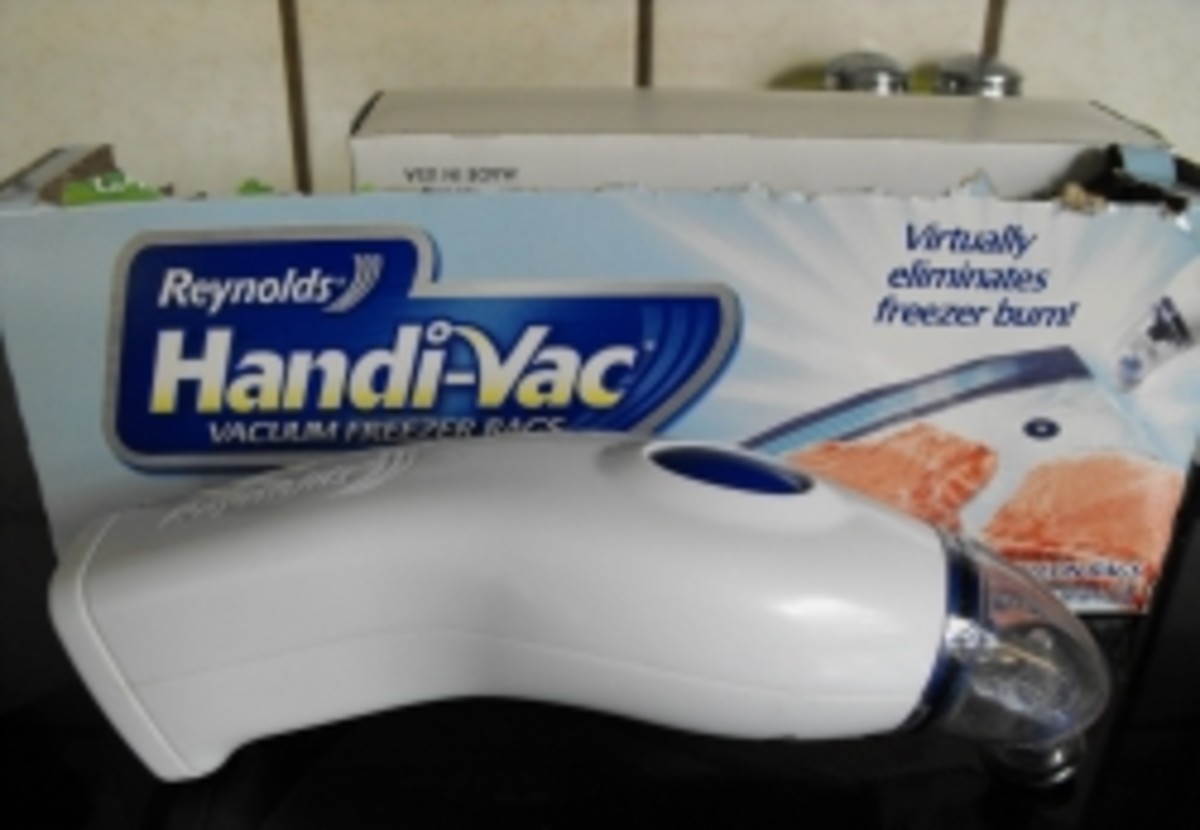- HubPages»
- Home and Garden»
- Home Appliances»
- Kitchen Appliances
Facts About Refrigerators
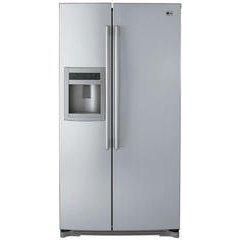
Refrigerators are a working cooling system
Refrigerators keep foods fresh through a chilling and freezing system. Cool temperatures slow down bacterial growth, allowing foods to be stored for longer periods of time. Energy-efficient refrigerators are gradually replacing the energy-consuming models of yesterday. New models are both stylish and sleek, providing new and innovative food storage solutions for today's kitchen.
Features
The refrigerator is an insulated box with rubber-sealed doors that maintain a chilled environment protected from the outside air. It features a shelving and drawer system that simplifies food storage by suggesting the best chilling locations for different types of foods. For example, drinks and platters are best placed on the higher shelves, as they require less chilling than fresh fruits, vegetables and thawing meats, which are usually stored in lower drawers.
Function
The
refrigeration system is composed of five main parts: the refrigerant,
which cools the refrigerator, two sets of heat-exchanging pipes--one
inside that absorbs the heat and exchanges it with cold, and one
outside that releases the heat into the air.
It also features a compressor that works to build up the gas
pressure in the system, generating heat for evaporation, and an
expansion valve that releases the gas pressure for the cooling process.
Significance
The compressor generates heat by compressing the refrigerant gas. As it cools, it forms a condensation, which is then moved to through the expansion valve, a lower-pressure area that promotes evaporation. As the condensation evaporates, it takes in the heat, producing a colder environment. This is how the refrigeration system chills and freezes.
Considerations
Let hot foods cool to room temperature before placing in the refrigerator. Hot temperatures cause the refrigerator to work harder to maintain a cool internal environment, therefore it is energy efficient to cool the foods first.
Benefits
Thawing frozen food in the refrigerator not only preserves the freshness of the food, it aids the refrigeration cooling process by adding another cold source, reducing the run time of the refrigeration system.
Prevention/Solution
To prevent the refrigerator's coils from overheating, do not place the unit too
close to the wall. Place the refrigerator 3 to 4 inches away from the
wall to allow for adequate ventilation. Remember, the process of
refrigeration works from generating heat, and without enough space behind the refrigerator, this heat generation can cause the refrigerator to overheat.


